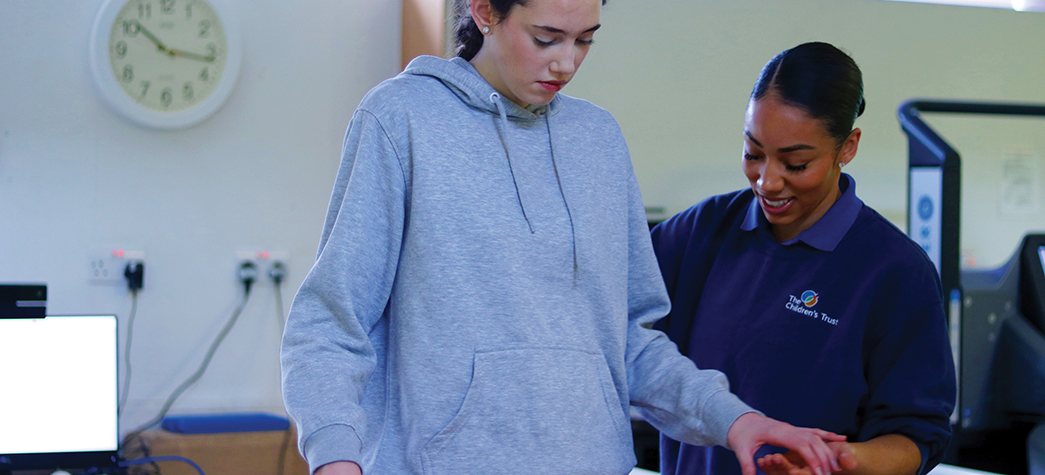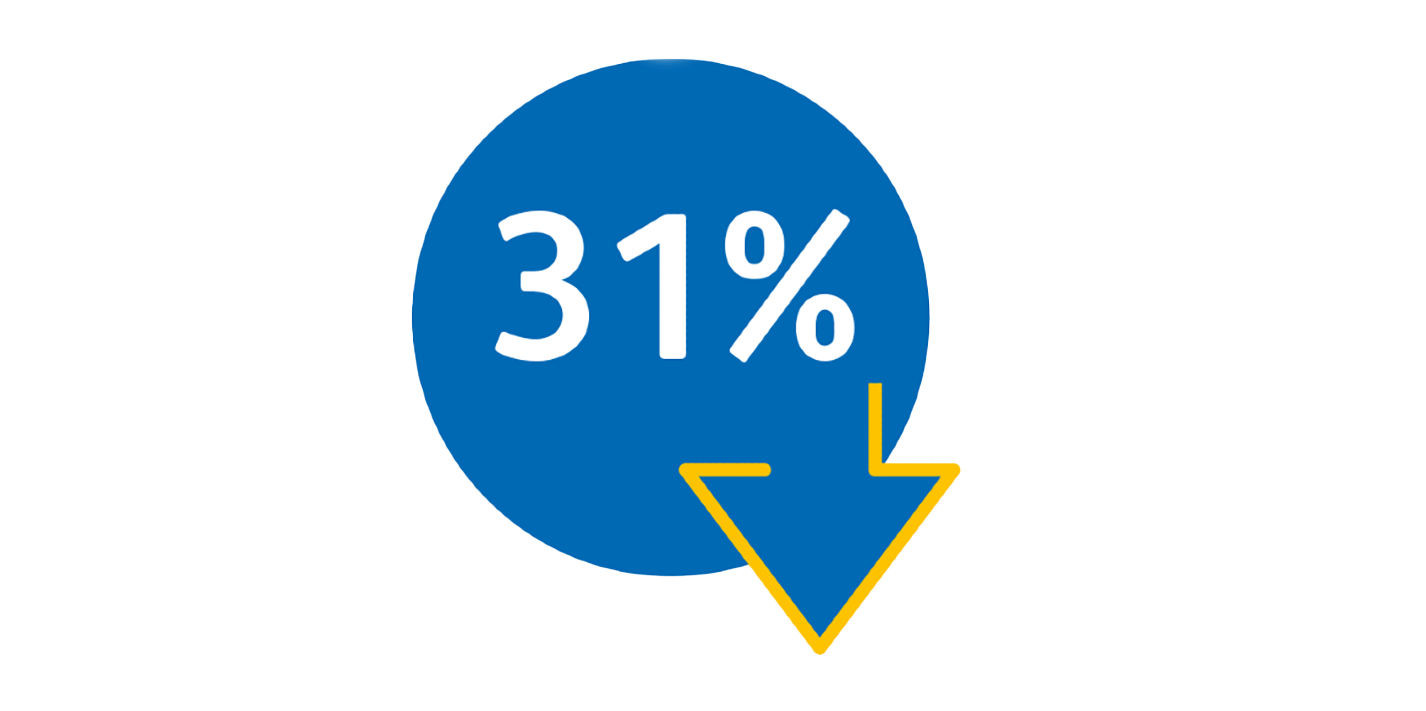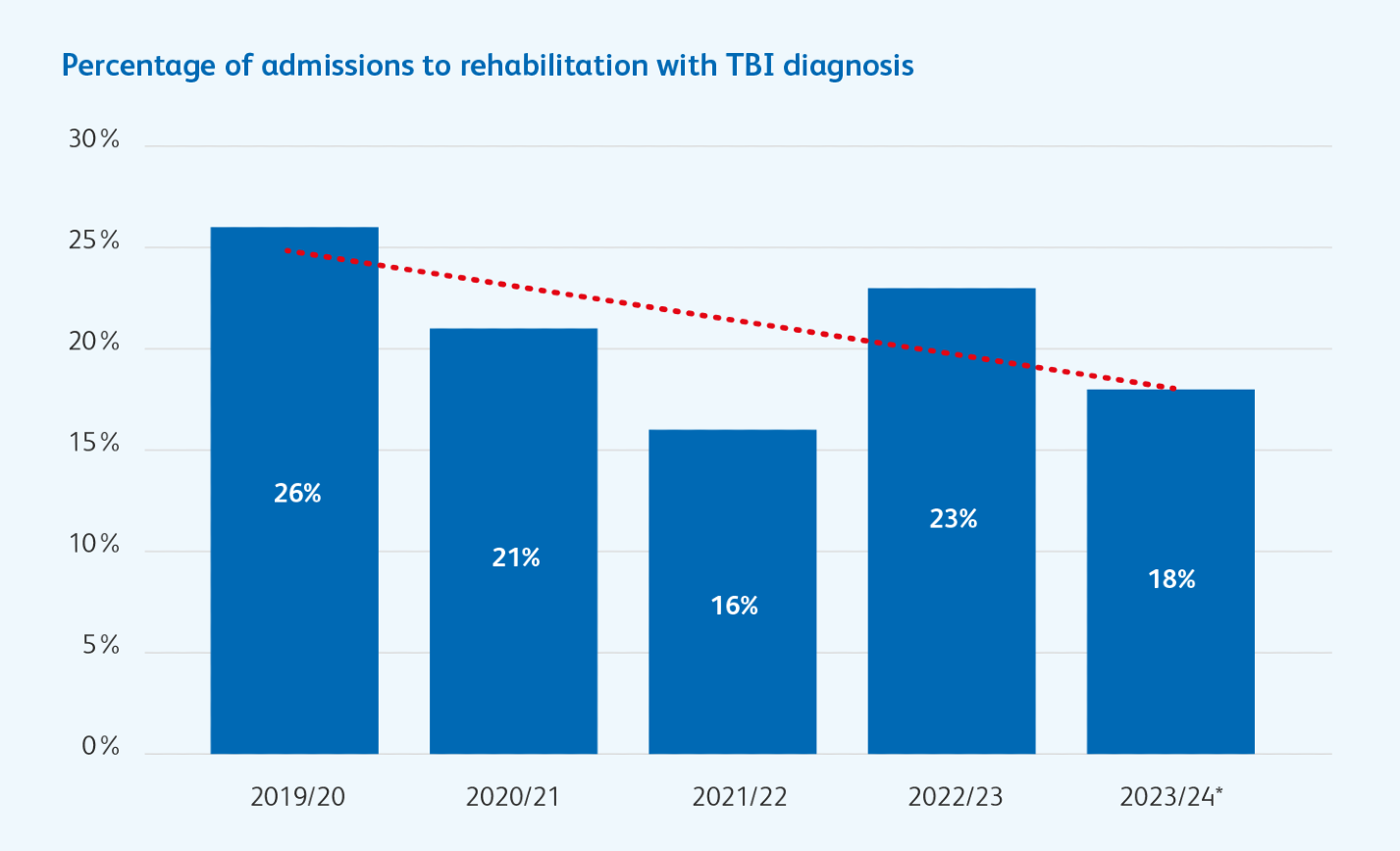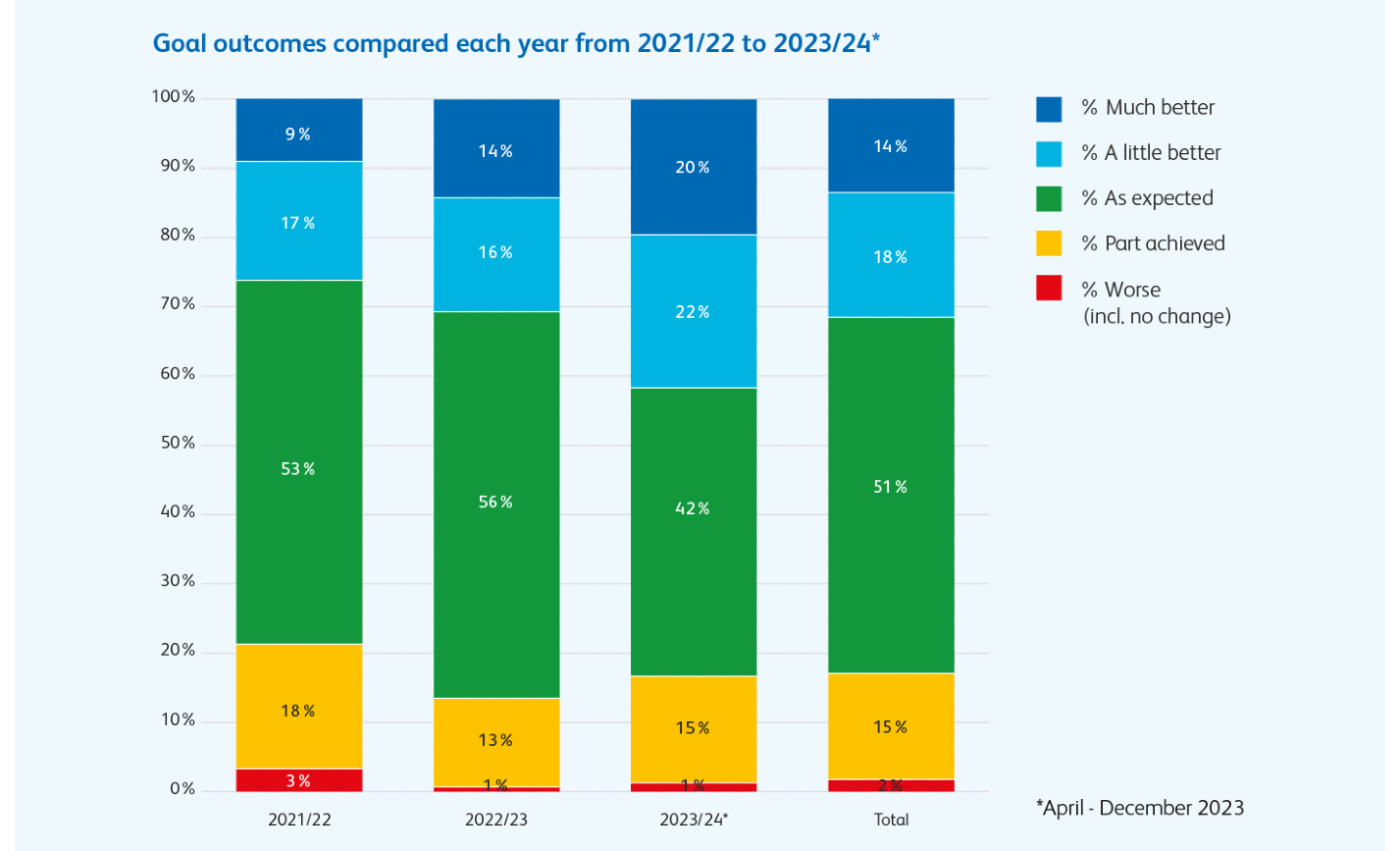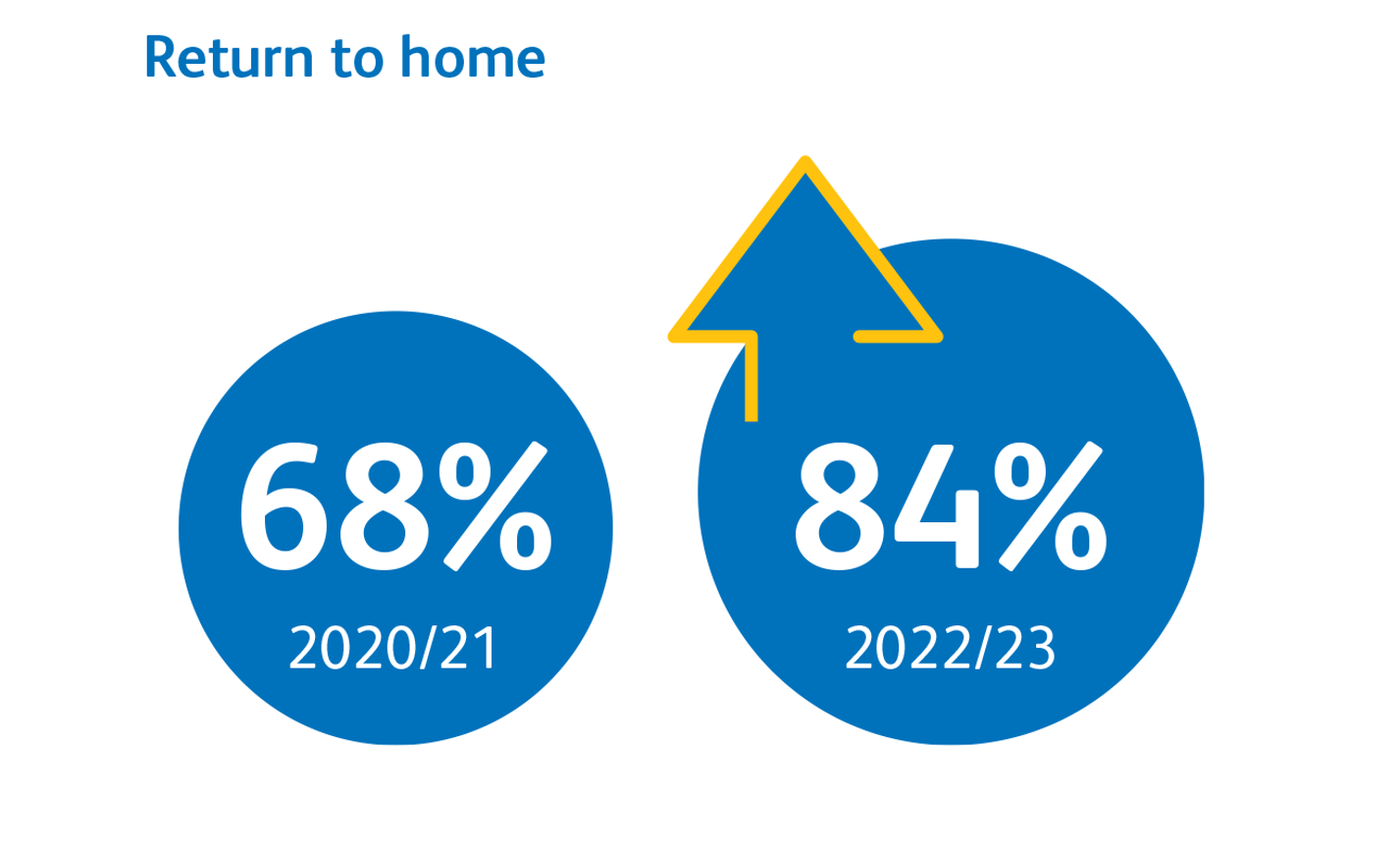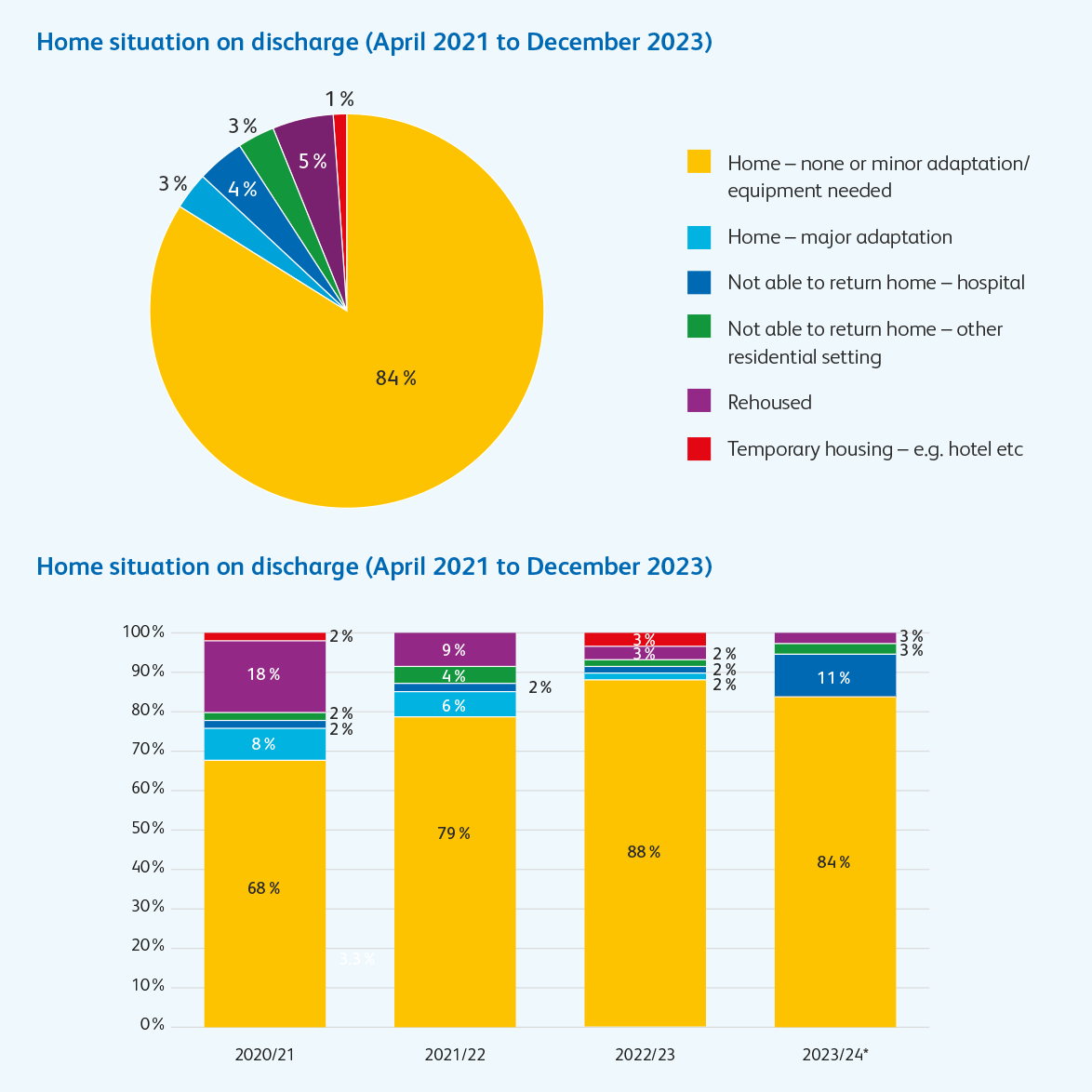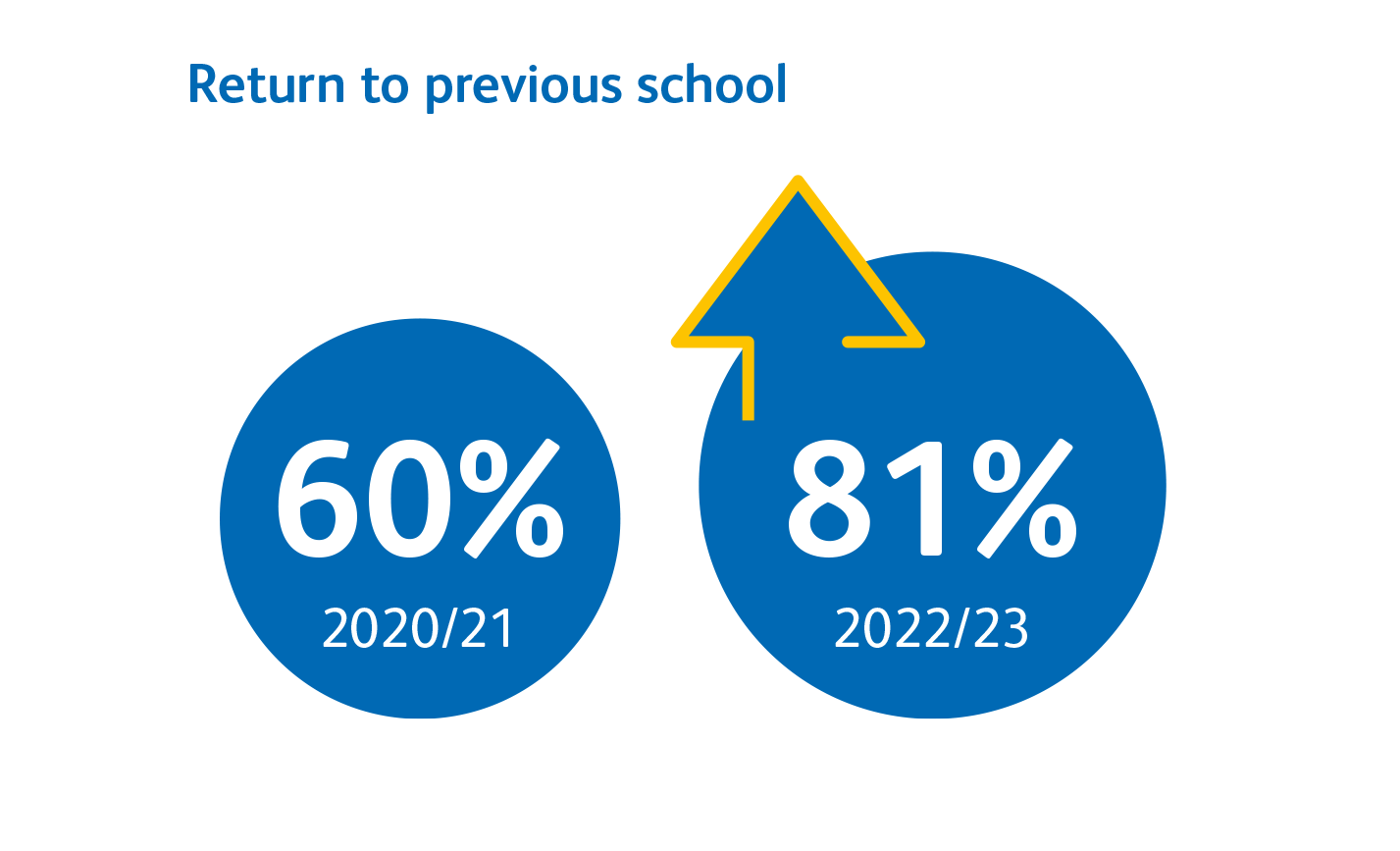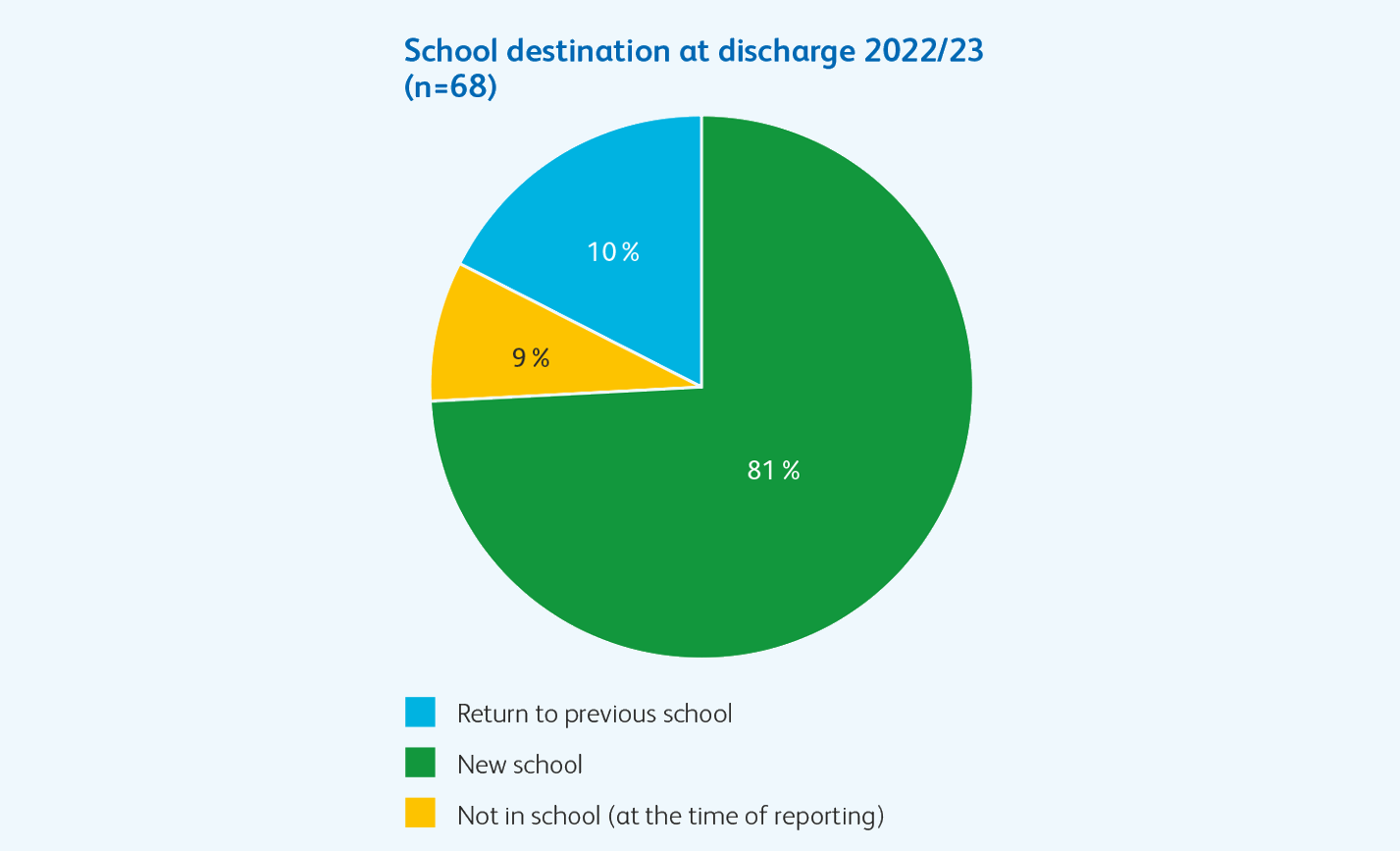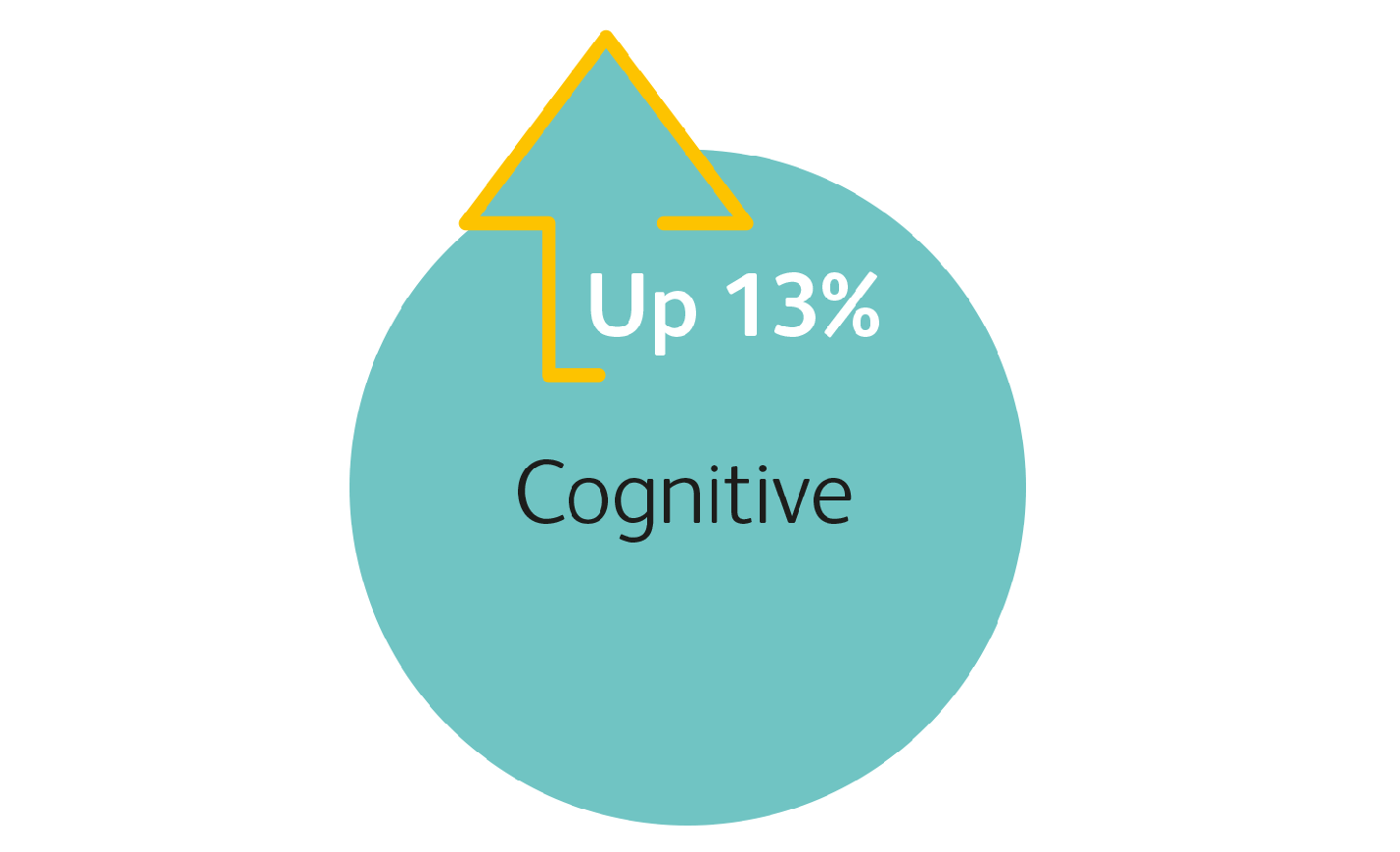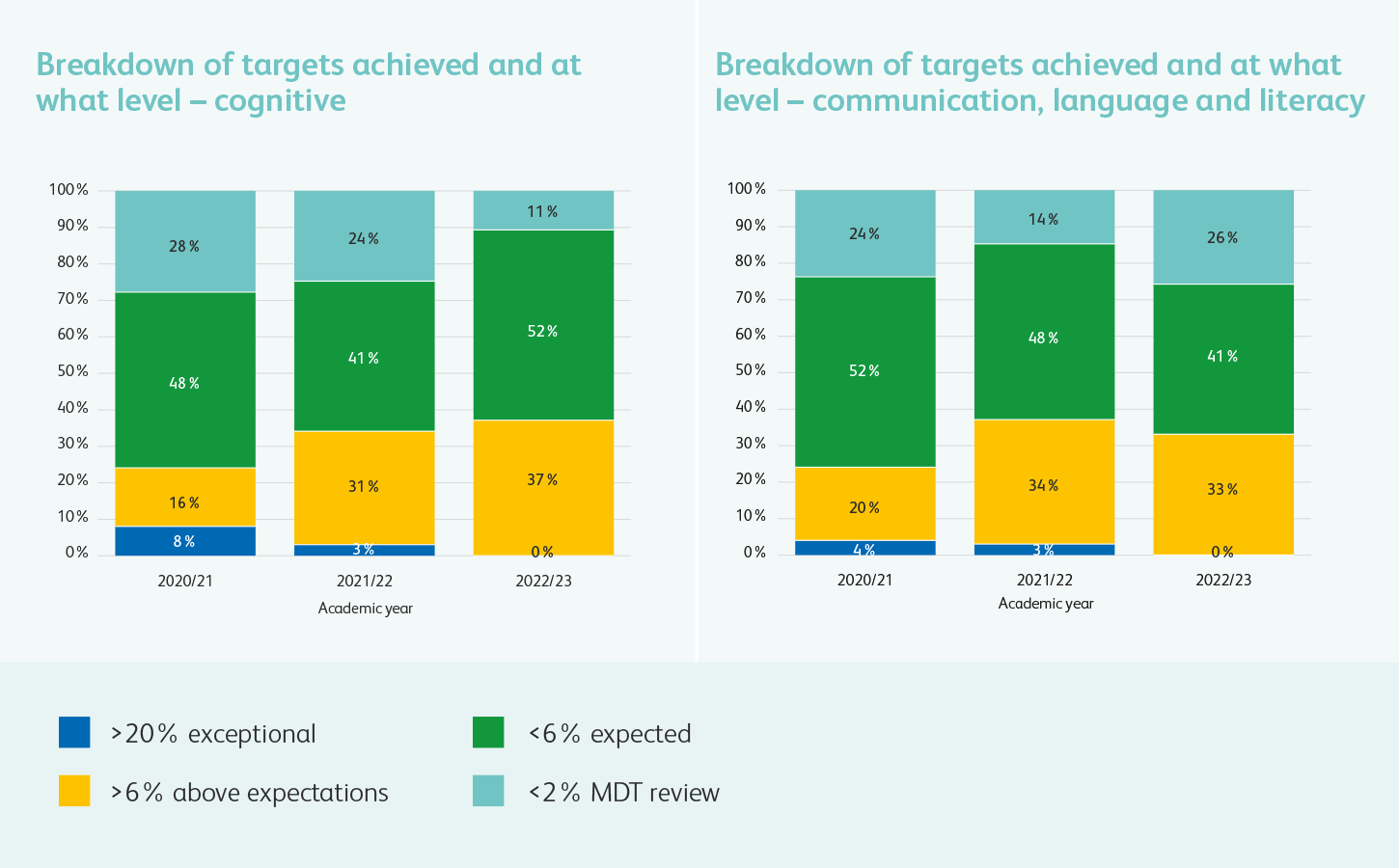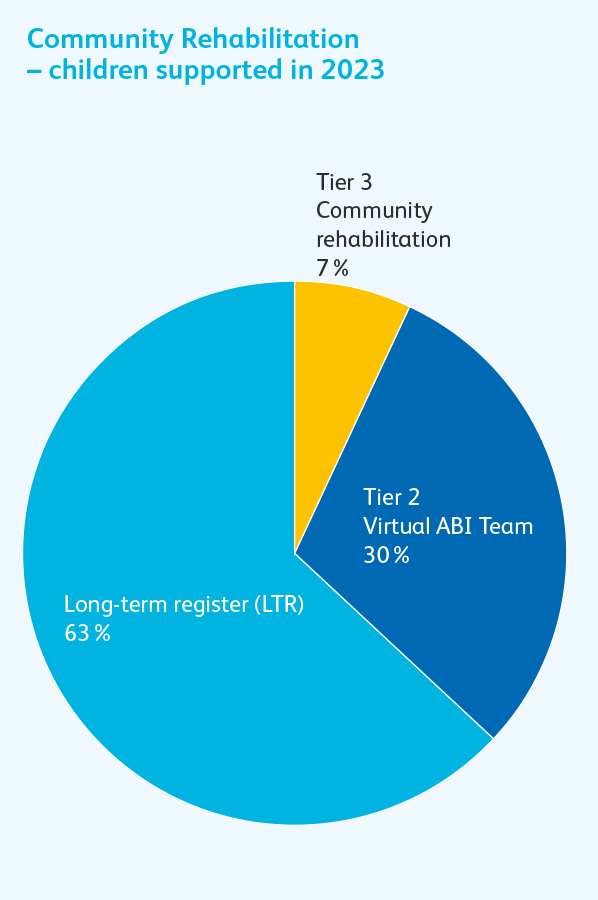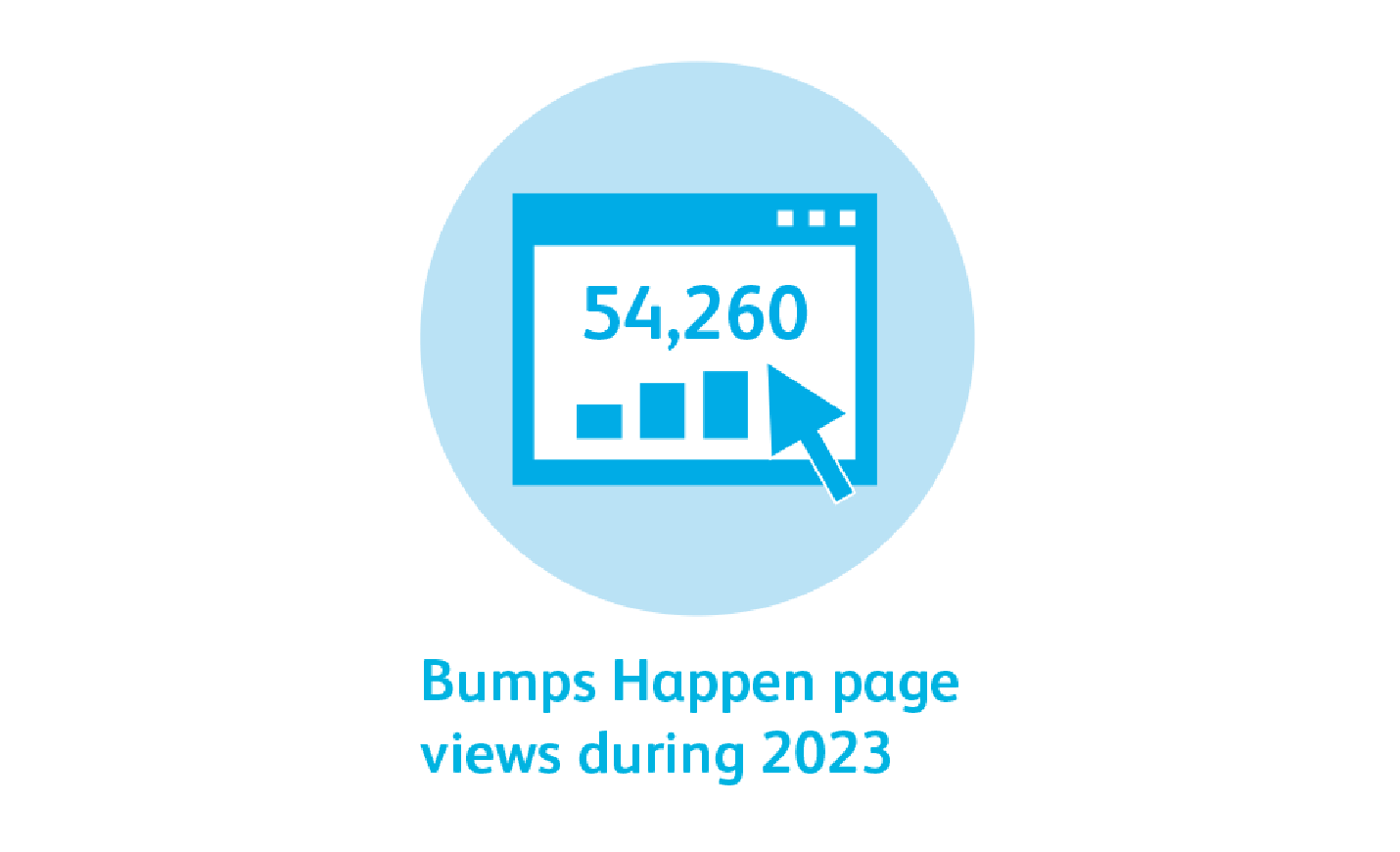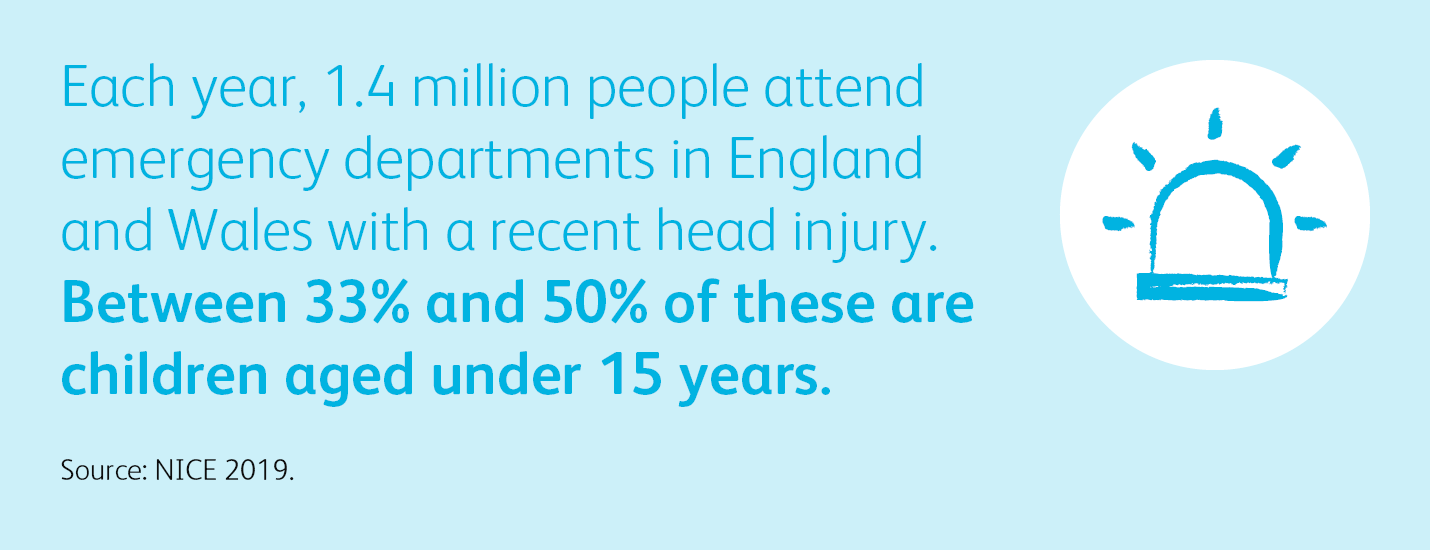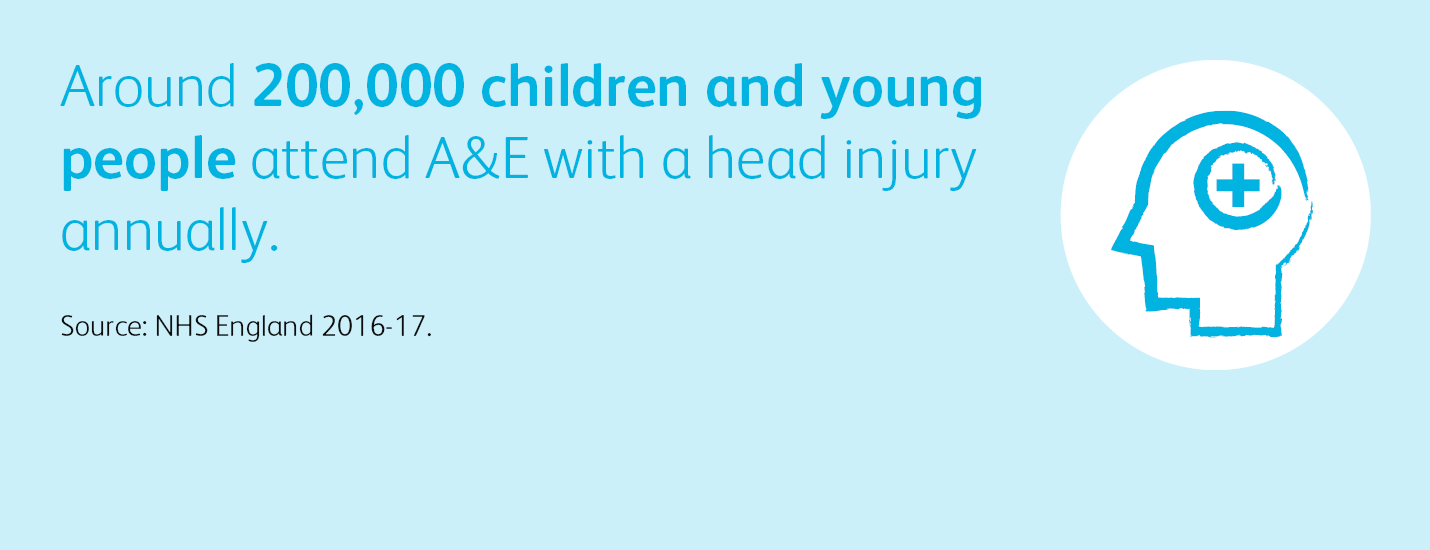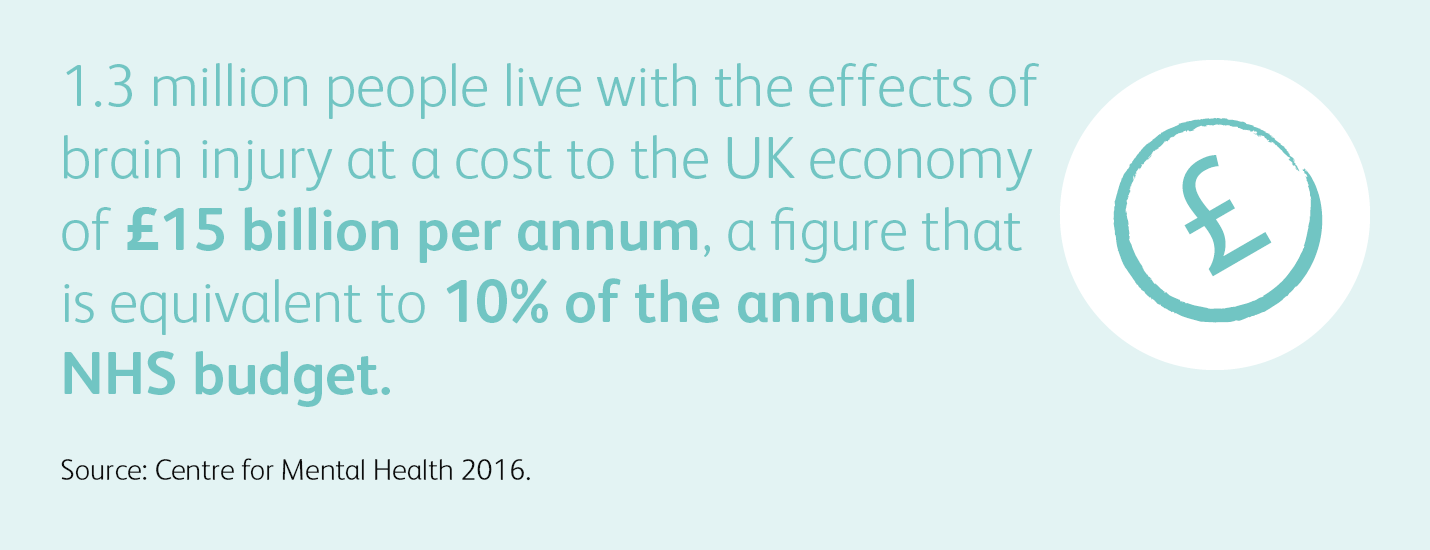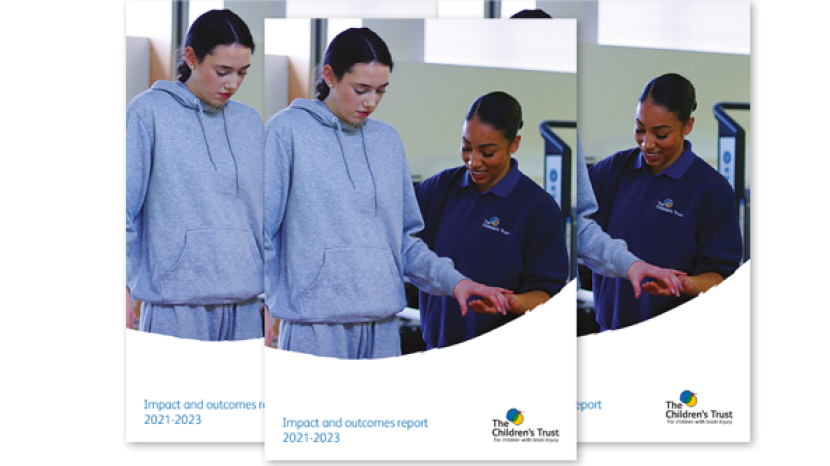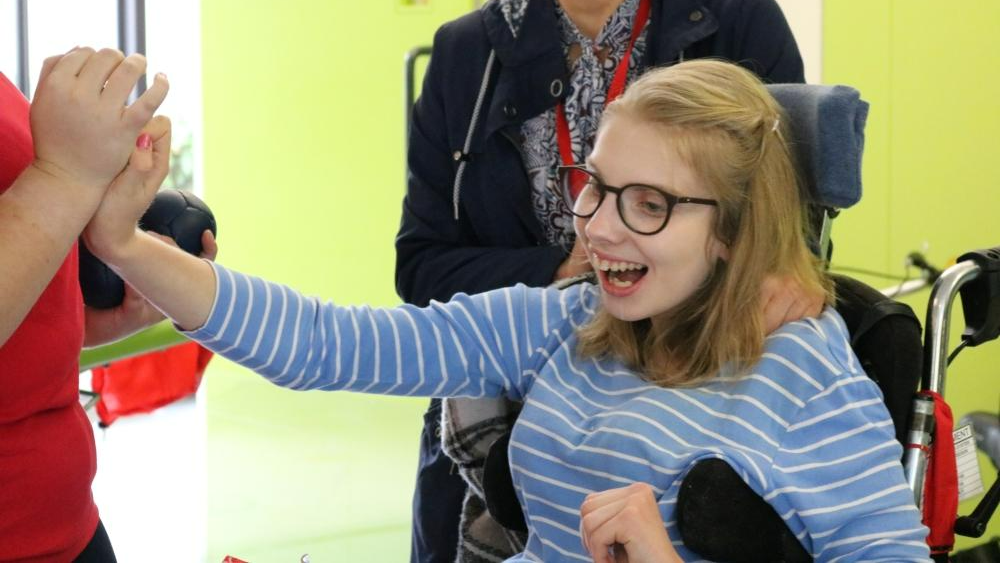Figure 3: Goal outcomes compared each year from 2012/22 to 2023/24*
Discharge destination
The children and young people who access the NHS England funded specialist rehabilitation service at The Children’s Trust have a more severe presentation and often require adaptations to their environment at home and at school to participate in daily life following a residential placement.
Home situation
In terms of a child’s home situation after discharge i.e. whether any adaptive accommodation or rehousing was needed for example, 84% of children returned home from their stay at The Children’s Trust not needing any adaptation or minor equipment. This is an increase from 68% in the previous report.
Figure 4: Percentage of children which returned home after their rehabilitation at The Children's Trust
Figure 5: Home situation on discharge (April 2021 to December 2023)
School destination
In the school year 2020/2021, 53 children left the Surrey Teaching Service that supports children with their education during their stay with us. 32 went back to their previous school (60%). The multidisciplinary team supported 17 children and young people into a new school. Four children are yet to return to school.
Figure 6: The percentage of children which returned to their previous school post rehabilitation
Figure 7: School destination at discharge 2022/23 (n=68)
Family-centred care
The Children’s Trust has adapted the NHS ‘Friends & Family Test’ to help the organisation understand whether the families of children accessing services are happy with the service provided. The feedback from this measure showed that, in the period from April 2021 to December 2023, 95% of parents responded that they would be ‘extremely likely’ or ‘likely’ to recommend The Children’s Trust to friends, family and other parents if they needed similar care or treatment.
Figure 8: The percentage of families who would recommend The Children's Trust
The Children's Trust School
The Children’s Trust School is a non-maintained special school supporting children and young people aged 2-19 with a wide range of complex health and care needs and multiple barriers to learning.

